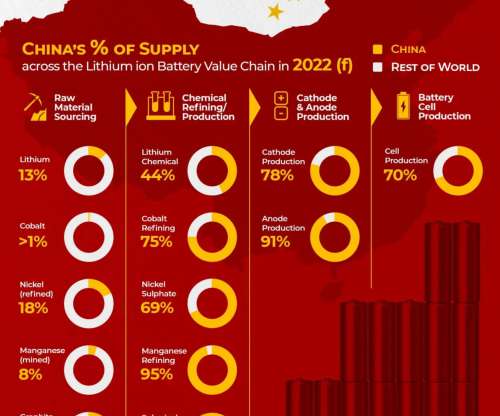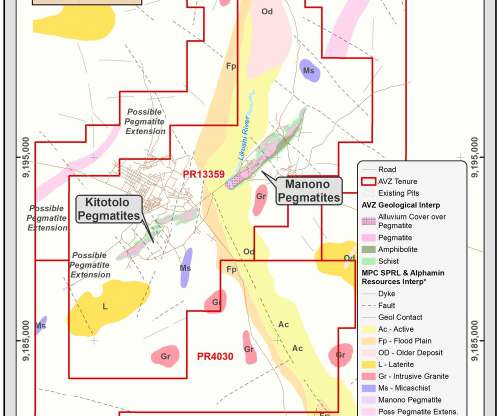Korean consortium forming JV with Bolivian miner Comibol for lithium production in Salar de Uyuni
Green Car Congress
JULY 31, 2011
KORES ) and steelmaker POSCO has entered an agreement with Bolivia’s state-run miner Comibol (Corporación Minera de Bolivia) to set up a joint venture to produce lithium intended for lithium-ion batteries. KORES said that Korean Li-ion manufacturers SK Innovation and LG Chem are also likely to participate in the project.















Let's personalize your content